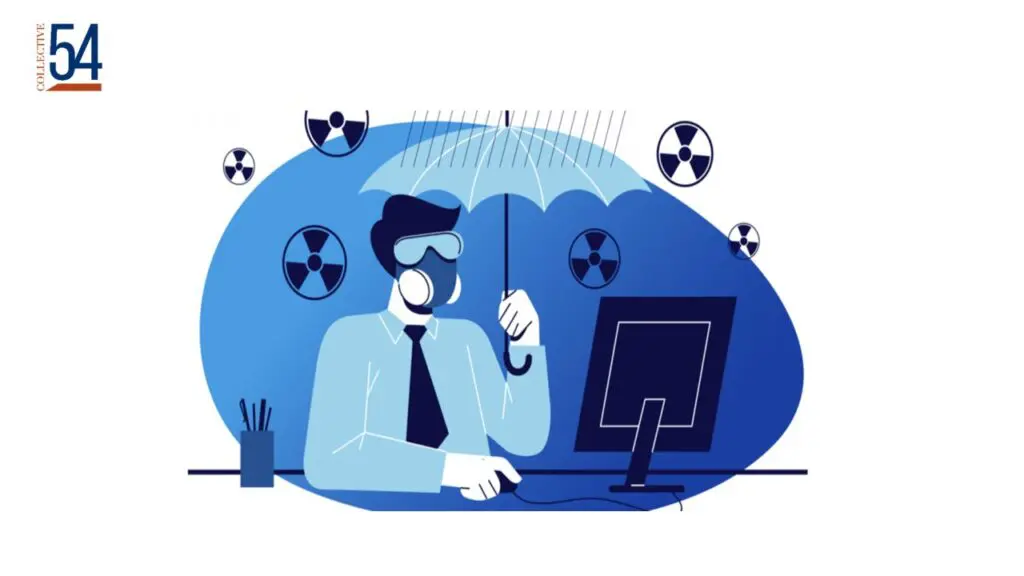Navigating Toxicity in Senior Leadership: Keeping or Terminating the Employee?

In the realm of professional service firms, a toxic member in the senior leadership team can wreak havoc on organizational culture, employee morale, and overall business performance. Addressing this issue requires a delicate balance, considering both the pros and cons of keeping the employee and the pros and cons of termination. In this article, we will explore a fictional case study to illustrate the trade-offs involved in handling a toxic leader and offer insights on making the best decision for the firm.
Case Study: The Troubled VP
Imagine a boutique professional service firm, Excelius Consulting, which recently experienced a significant increase in market share under the guidance of its leadership team. However, within this triumphant team lies a dark shadow named Victor, the Vice President of Operations. Victor’s expertise is unmatched, but his management style is abrasive and demoralizing. His leadership has resulted in high turnover, a toxic work environment, and client complaints.
Pros of Keeping Victor:
- Specialized Expertise: Victor possesses unparalleled knowledge and skills crucial for the firm’s operational success. His departure may leave a considerable knowledge gap that could be challenging to fill.
- Short-term Stability: Victor’s presence maintains the status quo, ensuring continuity in ongoing projects and minimizing disruptions.
- Client Relationships: Over the years, Victor has forged strong client relationships, contributing significantly to the firm’s revenue. Retaining him might help sustain existing client partnerships.
Cons of Keeping Victor:
- Toxic Work Environment: Victor’s behavior negatively impacts team dynamics, leading to a decrease in overall productivity and employee satisfaction. This could result in long-term consequences for the firm.
- Talent Retention: The high turnover attributed to Victor’s leadership style can lead to the loss of other valuable team members, compounding the firm’s talent retention challenges.
- Reputational Risk: Continued association with a toxic leader like Victor can tarnish the firm’s reputation, potentially deterring potential clients and future employees.
Pros of Terminating Victor:
- Improved Work Culture: Removing Victor from the leadership team can help foster a healthier work environment, leading to higher employee morale, increased collaboration, and enhanced productivity.
- Talent Attraction: Demonstrating a commitment to employee well-being by addressing toxic behavior may attract top talent seeking a positive workplace culture.
- Client Confidence: Taking decisive action against toxic leadership demonstrates the firm’s dedication to high ethical standards, potentially boosting client confidence and trust.
Cons of Terminating Victor:
- Knowledge Loss: Victor’s departure may create a temporary vacuum in operational expertise, causing potential disruptions in ongoing projects.
- Client Relations Impact: Losing a key figure like Victor may strain existing client relationships initially, possibly leading to uncertainties about project continuity.
- Internal Resistance: Some team members might be apprehensive about the change and could resist the decision to terminate Victor, creating internal conflicts.
The Decision: Walking the Tightrope
After evaluating the pros and cons of keeping Victor versus terminating him, Excelius Consulting’s leadership team convened to reach a well-informed decision. While some members argued for immediate termination to prioritize employee well-being, others emphasized the need to explore alternatives to retain Victor’s expertise.
The CEO, Sarah, decided to adopt a multifaceted approach. Instead of immediate termination, Sarah chose to confront Victor about his behavior, emphasizing the necessity for transformational change in his leadership style. She encouraged him to enroll in Collective 54 to learn how to lead a professional service firm.
Over the following months, Sarah closely monitored Victor’s progress, providing constant feedback and support. Victor’s willingness to read, listen, and watch surprised everyone, and his interactions with the team gradually improved. The toxic work environment slowly transformed into a more positive and collaborative one.
While the decision to retain Victor came with risks, it paid off in the long run. Victor’s expertise, once overshadowed by his toxic behavior, became an invaluable asset as he learned to lead with empathy and emotional intelligence. Excelius Consulting not only retained its specialist but also gained a leader capable of fostering a thriving work culture.
Conclusion: Striking a Balance
Dealing with a toxic member of the senior leadership team is a challenging and nuanced endeavor. The decision to retain or terminate such an employee requires careful evaluation of the pros and cons associated with both options. The case of Victor at Excelius Consulting demonstrates that with effective role models, mentors, coaches, and peers, and a commitment to change, it is possible to transform a toxic leader into an asset for the firm. However, there are instances when termination remains the only viable solution to preserve the firm’s long-term health and success.
In the end, each situation is unique, and professional service firms must navigate these difficult decisions with a clear understanding of their specific context and the impact on their employees, clients, and overall organizational culture. By prioritizing the well-being of their workforce and remaining committed to fostering a positive work environment, boutique professional service firms can ensure sustainable growth and continued success.
